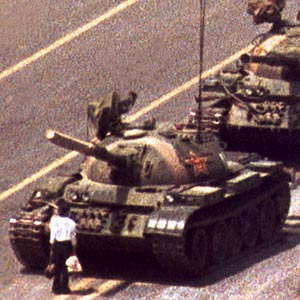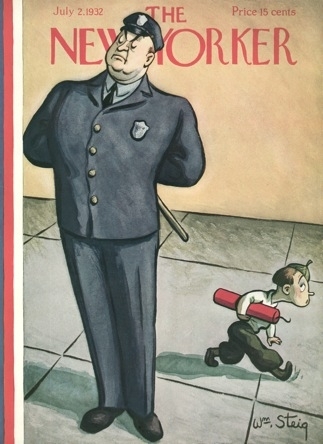I met David Lawrence when I appeared on his radio show a year ago. Since then, he has lost more than 100 pounds. He started at 355 (BMI 50); now he’s at 246 (BMI 34). Very impressive. How did he do it?
I’m not really doing anything special other than portion control (very easy, just eat a little not everything), and being more active. Occasionally I’ll remember to drink a Mexican Coke [he lives in Los Angeles] an hour or so before a big meal, and that cuts it down to size, but I can’t really claim that I’m following the SLD regimen. More like, I park in the first spot I come to in the parking lot, and walk to the buildings. Feels great.
There seem to be three changes here: 1. Eating less. 2. More walking. 3. Mexican Coke before some meals. I am skeptical that trying to eat less can have massive long-term effects, so I discount that factor completely. More walking can certainly be potent if pre-walking you are very sedentary, as perhaps David was. I’ve never heard of anyone losing 100 pounds by walking more, however. And the additional walking doesn’t sound like much.
So perhaps the Mexican Coke before big meals is actually doing something. This is fascinating because in general soft drinks are fattening. (They are the perfect ditto food: strong constant flavor, quickly-digested calories.) Yet it is possible that with this particular timing the calories in the Coke don’t get associated with the flavor of either the Coke or the following meal. If so they would function as SLD calories and that could indeed cause substantial weight loss (or at least make it much easier to do portion control).
There isn’t any precedent in the study of learning for “associative strength” (generated by the calories) to get lost, as it were, but then no one would ever look for such a thing. Normally the flavor of the Coke would hang around in the brain waiting for the calorie signal generated by the sugar but when the meal comes along the flavor signal gets muddled. Perhaps combining the Coke flavor memory with a wide range of other flavor memories creates a jumbled mess that is so inconsistent that the Coke goes from ditto food to the opposite, completely-new-flavor food.
David will appear in two episodes of Heroes in October.


